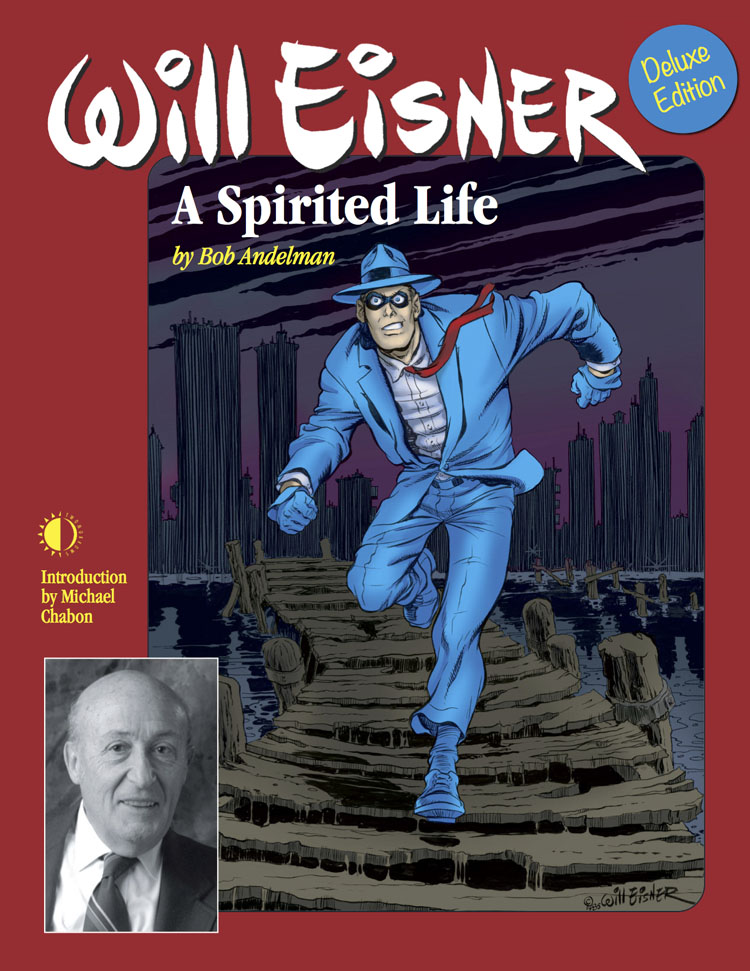By Tom Kaczynski 
March 3, 2010 11:42 PM
“Architecture is the simplest means of articulating time and space, of modulating reality, of engendering dreams” – Ivan Chtcheglov, 1953.
With A Contract With God (1978), the earliest book of the trilogy, Will Eisner was inventing a new format: the graphic novel*. The ‘graphic novel’ coinage was a kind of sleight of hand that turned ordinary comics into works with ambitions of becoming literature. As such it’s describing the content, rather than a medium. It was the literary ambition of A Contract With God that set it apart from the cheap children’s comic-books that dominated the market at the time. Eisner of course cut his teeth on comic-books having previously drawn the iconic and long running series The Spirit. In creating a graphic novel, Eisner was distancing himself not only from other comic-books, but also from his own formative work. But, new terminology was insufficient to distinguish the work from its cousins and Eisner relied on a number of formal and visual inventions to underscore the difference.
 The Spirit(1940-1952) superficially resembled most of the comic-books on the stands at the time. It mostly consisted of colorful 8 page pulp romps full of crime and violence. But, unlike the vast majority of 4-color funnies The Spirit stories were intense nuggets of clever writing, brilliant layouts, and inventive typography. They were packed with innumerable characters and locations. The sheer density of the stories was matched by the density of the art. Pages were filled with 9 to 14 (or more!) panels filled with frenetic action, detailed sets and wrinkled suits.
The Spirit(1940-1952) superficially resembled most of the comic-books on the stands at the time. It mostly consisted of colorful 8 page pulp romps full of crime and violence. But, unlike the vast majority of 4-color funnies The Spirit stories were intense nuggets of clever writing, brilliant layouts, and inventive typography. They were packed with innumerable characters and locations. The sheer density of the stories was matched by the density of the art. Pages were filled with 9 to 14 (or more!) panels filled with frenetic action, detailed sets and wrinkled suits.
Related articles by Zemanta
- Toy-A-Day Day 153: The Spirit (Will Eisner) (aspiritedlife.com)
- Will Eisner’s John Law: Detective #1 (Eclipse Comics 1983) (aspiritedlife.com)
- ‘The Crazies’ Director Says His ‘Flash Gordon’ Movie Is ‘Not A Remake’ (splashpage.mtv.com)
![Reblog this post [with Zemanta]](http://img.zemanta.com/reblog_b.png?x-id=5af588b2-6d8e-4de1-b5d3-a77ec7672a32)
